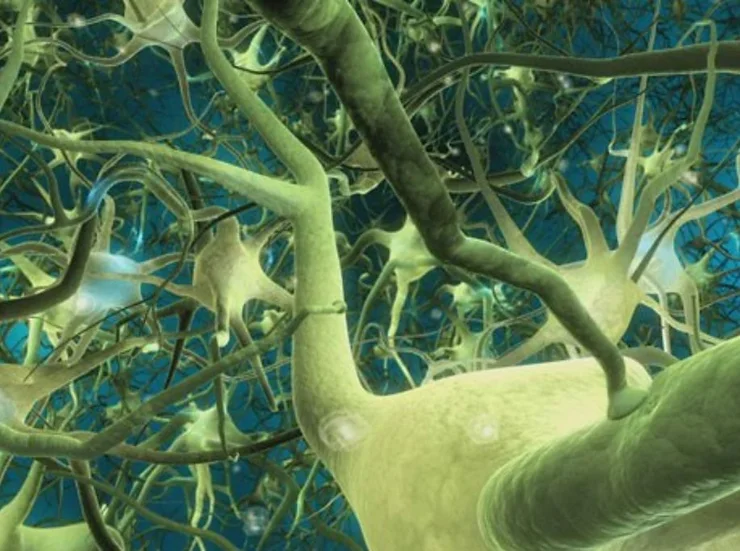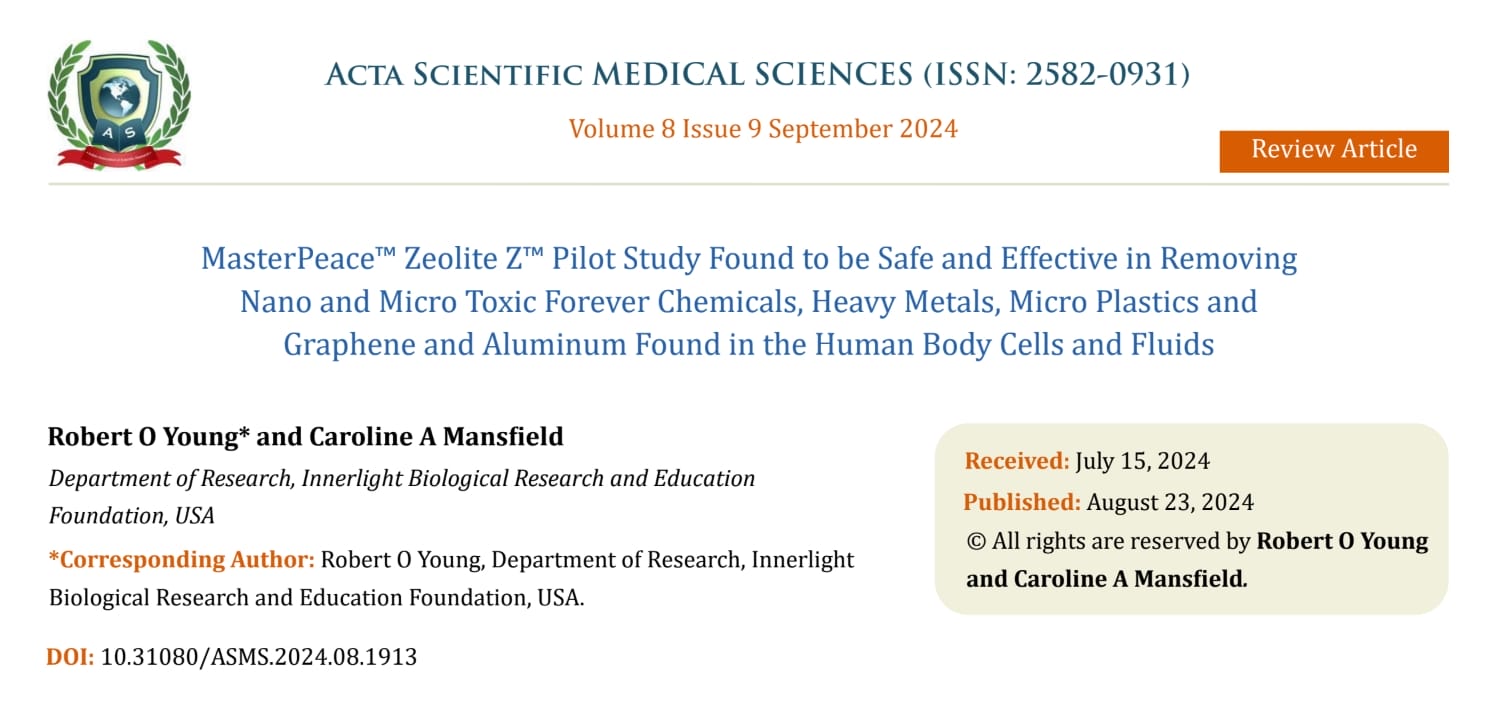Where Is The Command Center for the Healthy Function of the Human Body?
Updated: Nov 13, 2021

The Nucleus of Tractus Solitarius Astrocytes (NTSA) is the Homeostatic Integrator for Managing and Maintaining the Alkaline Design of the Human Body Fluids.

Astrocytes, the main glial population in the central nervous system (CNS), have long been considered the support system for cells that ensure an adequate environment for the proper operation of neurons (cover cells of the stomach that produce sodium bicarbonate to maintain the alkaline design of the blood, interstitial and intracellular fluids). In recent years, novel experimental approaches revealed that these cells play an active role in the regulation of neurophysiological functions (Hamilton and Attwell, 2010). For example, astrocytes help to fine-tune blood and interstitial fluid pH and electron energy supplies to the brain as neuronal activity fluctuates and engage in bidirectional interactions with neurons (Pellerin and Magistretti, 2011).

Communication between astrocytes and other cell types is mediated by activation of membrane receptors by a wide array of signals. The subsequent induction of Ca2+ transients induces release of intercellular mediators. Some of those, such as ATP, glutamate, and d-serine, act on neurons to modulate excitability and support some forms of synaptic plasticity (Hamilton and Attwell, 2010).
Astrocytes contact plasma via astrocytic endfeet that surround brain capillaries, as well as in a set of specialized brain structures devoid of blood–brain barrier, the sensory circumventricular organs (CVOs). This suggests that astrocytes relay critical information about the internal milieu or pH to neuronal networks.

Indeed, recent data have confirmed that astrocytes monitor blood, interstitial and intracellular-born signals, such as electrolytes (sodium, potassium, magnesium and calcium), metabolites (glutathione) and cytokines, that reflect the homeostatic or alkaline balance status of the body fluids, and that they communicate changes in these parameters to neuronal centers that regulate vital bodily functions (Marty et al., 2005; Shimizu et al., 2007; Gourine et al., 2010).

The nucleus of tractus solitarius (NTS) is the viscerosensory center in the dorsal brainstem (see pictorials below). It collects information about the internal environment via vagal afferents and from the area postrema (AP), a CVO juxtaposed to the fourth ventricle. The NTS regulates body biochemical homeostasis by producing autonomic reflexes and modulating behavior.
Interestingly, NTS has a distinctive astrocytic organization. It has a high density of classical GFAP-positive astrocytes as well as a more specialized population of glial cells that acts as a diffusion barrier at the AP/NTS border (Dallaporta et al., 2010). The reasons for this high astrocytic density in NTS is to act as the control center for managing and maintaining the alkaline design of the body in the prevention and protection of the body cells. NTS astrocytes respond to peripheral chemical signals such as TNFα, thrombine, nascent oxyen and bicarbonates of sodium and potassium (Hermann and Rogers, 2009; Hermann et al., 2009), and they participate in homeostatic responses such as thrombin-induced gastric stasis, the production of sodium bicarbonate from the cover cells of the stomach and α2-adrenergic receptor-dependent cardiovascular responses (Bhuiyan et al., 2009; Hermann et al., 2009).
A scientific paper published by McDougal et al. (2011) in The Journal of Neuroscience showed that NTS astrocytes can be activated directly by vagal afferents through an atypical mechanism, suggesting that these cells participate in the modulation of NTS integrative function in all physiological conditions.
To learn more about the “New Biology” go to: www.drrobertyoung.com/blog

Robert O Young – CV at www.drrobertyoung.com
Scientific Articles: www.drrobertyoung.com/blog
46Adam Young, Matthew Pinto and 44 others 10 Comments 66 Shares Like Comment Share



